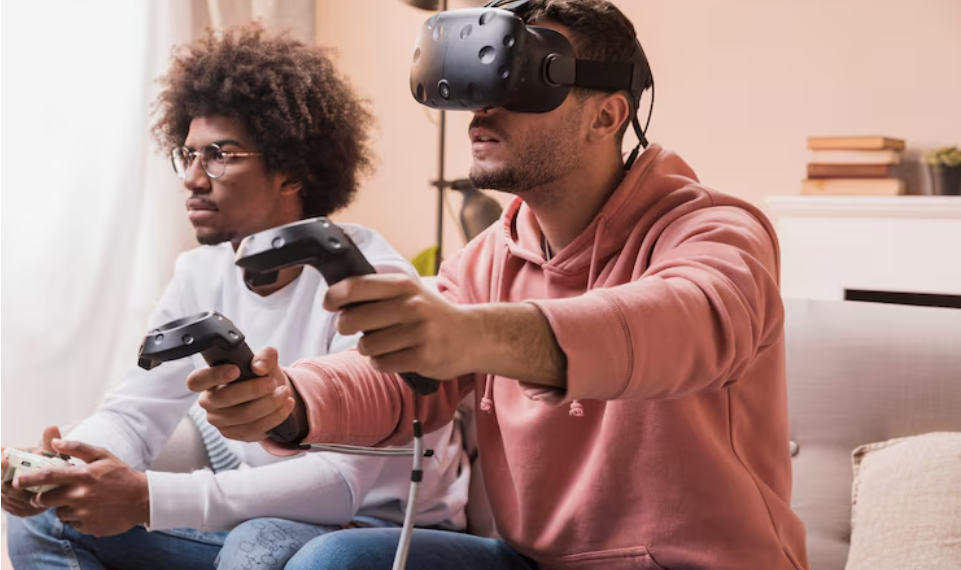Behind every exciting video game session lies careful design that taps into human psychology. Developers don’t just create visuals and mechanics—they build systems that align with how our brains respond to challenge, risk, and reward.
The Thrill of Uncertainty
One of the most powerful motivators is unpredictability. Games that introduce uncertain outcomes, such as randomized prizes or sudden bonus features, keep players curious. This unpredictability ensures that each playthrough feels different, even if the core mechanics remain the same.
Anticipation and Reward Loops
Designers often use anticipation to heighten engagement. Flashing visuals, progress bars, and suspenseful sound effects make rewards feel more impactful. These loops are not accidental—they are crafted to provide bursts of excitement at just the right time. This is why a simple spin, a treasure chest opening, or a surprise reward can feel more satisfying than expected.
Why Players Seek Repetition
Repetition in games is rarely boring when it’s paired with variable rewards. The chance of earning something valuable keeps players returning, even after dozens of attempts. It mirrors real-world behavior, where the balance of risk and reward creates lasting motivation.
Online Platforms and Shared Excitement
The digital era has amplified this effect. Online platforms now deliver these mechanics in real-time, where players share their wins and experiences instantly. This sense of community builds extra layers of excitement, as seen in spaces such as naga15, where interaction and unpredictability go hand in hand.
The Science of Engagement
Ultimately, video games succeed because they align with human psychology. They give players goals, add uncertainty, and deliver rewards in a way that feels both personal and thrilling. This balance ensures games remain more than just entertainment—they become experiences that people want to revisit again and again.







